Connecting a propane tank to your travel trailer is an essential skill for any RV enthusiast. Whether you’re planning a weekend getaway or a cross-country adventure, understanding this process ensures that you have the energy needed for cooking, heating, and other essential applications. In this guide, we will provide you with all the information required to connect a propane tank safely and efficiently.
Understanding Propane Systems in Travel Trailers
Before diving into the connection process, it’s crucial to familiarize yourself with the components of the propane system in your trailer. The primary components include:
- Propane Tank: Stores the propane gas. Tanks are available in various sizes, typically ranging from 20 to 40 pounds.
- Regulator: Reduces the pressure of the gas from the tank before it enters the trailer’s lines, ensuring safety and usability.
- Hoses and Fittings: Connect the tank to the trailer’s propane system. They must be leak-proof and capable of handling gas pressures.
- LP Gas Detector: Monitors for leaks within the trailer, providing warnings if propane is detected.
Safety Precautions
Always prioritize safety when handling propane:
- Ventilation: Always work in a well-ventilated area to disperse any potential gas that may escape.
- Protective Gear: Use gloves and goggles to protect against potential leaks or accidents.
- Leak Detection: Utilize soapy water to check for leaks after connections are made (leaks will produce bubbles).
- Fire Safety: Keep a fire extinguisher nearby, as propane is highly flammable.
- Training: If you’re unfamiliar with propane systems, consider seeking guidance or training from a professional.
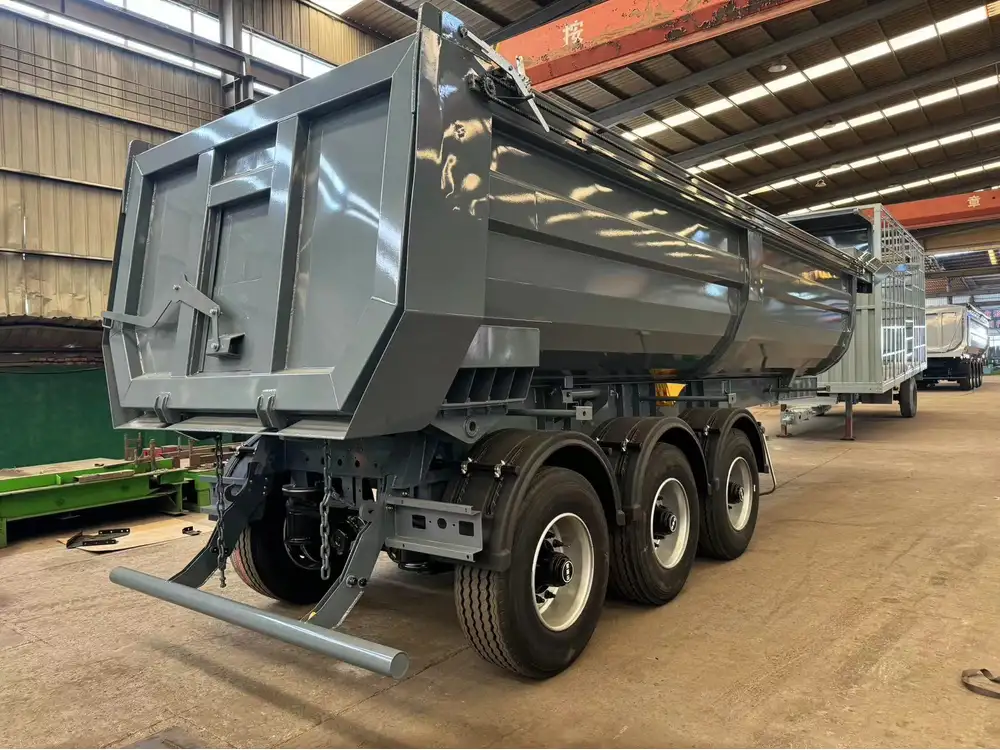
Step-by-Step Instructions to Connect a Propane Tank
Step 1: Gather Your Materials
Ensure that you have the following materials on hand before beginning the connection process:
- Propane tank
- Adjustable wrench
- 2-Stage regulator (if not already installed)
- Gas line fittings and hoses
- Soapy water
Step 2: Position the Propane Tank
Position the propane tank securely on the trailer’s tank rack. Most trailers come with a designated area for mounting the tank. Make sure it is level and stable to prevent it from tipping over during transit.
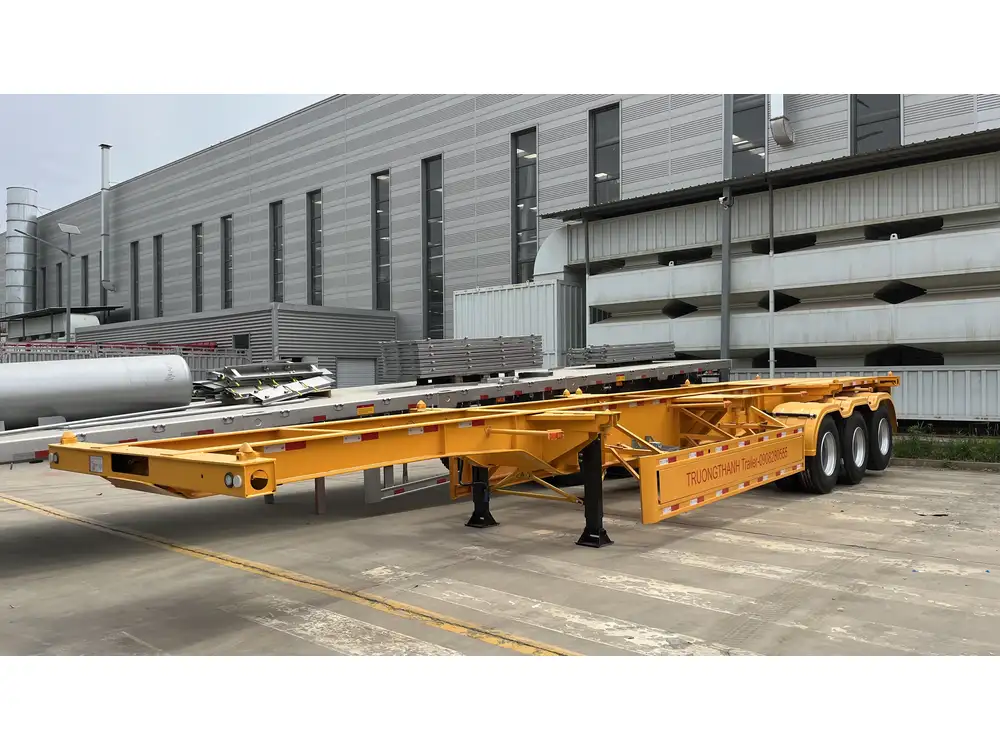
Step 3: Install the Regulator
Attach the Regulator: Locate the output port on the top of the propane tank and firmly attach the regulator using an adjustable wrench. Make sure the orientation is correct, with the outlet facing towards the trailer.
Secure Connections: Ensure all connections are tight but do not overtighten, as this can damage the fittings.
Step 4: Connect the Hoses
- Attach the Hose: Take the gas line hose and connect it from the regulator to the inlet of your trailer’s propane system. Depending on the system setup, you may encounter various fitting types (e.g., flare fittings, pipe fittings).
- Tighten Connections: Use the adjustable wrench to tighten all hose connections firmly, ensuring they are sealed properly.
Step 5: Check for Leaks
Once everything is connected, it’s essential to check for leaks:
- Apply Soapy Water: Spray a mixture of soapy water on the connections you just made.
- Observe Bubbles: Look for any bubbles forming, which indicate gas leaks.
- Tighten as Necessary: If you detect any leaks, tighten the connections and recheck with soapy water until no bubbles form.
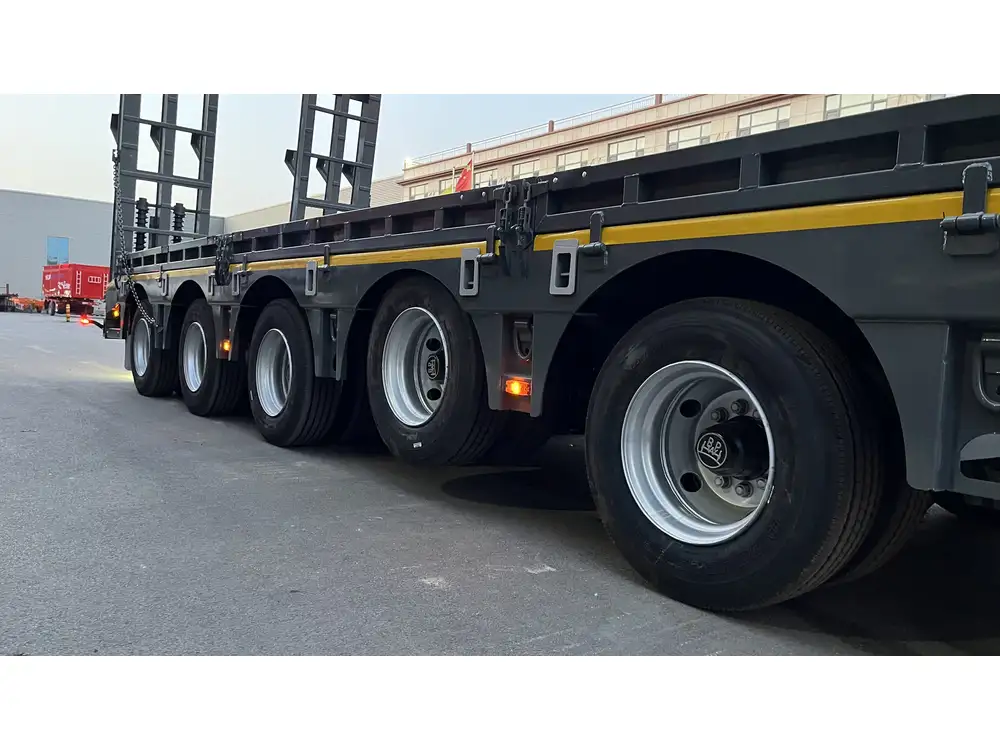
Step 6: Open the Propane Valve
After confirming that there are no leaks, slowly open the valve on the propane tank. This will release propane into the system. Listen for any unusual sounds as gas enters the line to ensure everything is functioning correctly.
Step 7: Start Using Your Propane System
Now that the propane tank is successfully connected, you can start utilizing your travel trailer’s propane system. The first appliance you’d want to test could be the stove or refrigerator.
- Ignition: Follow the appliance’s specific ignition instructions to start the flame.
- Monitor Performance: Ensure that the appliances operate smoothly. If you experience any issues, it might require rechecking the connections.
Troubleshooting Common Issues
Even with careful procedures, issues can arise when connecting a propane tank to your travel trailer. Here are common problems and their solutions:
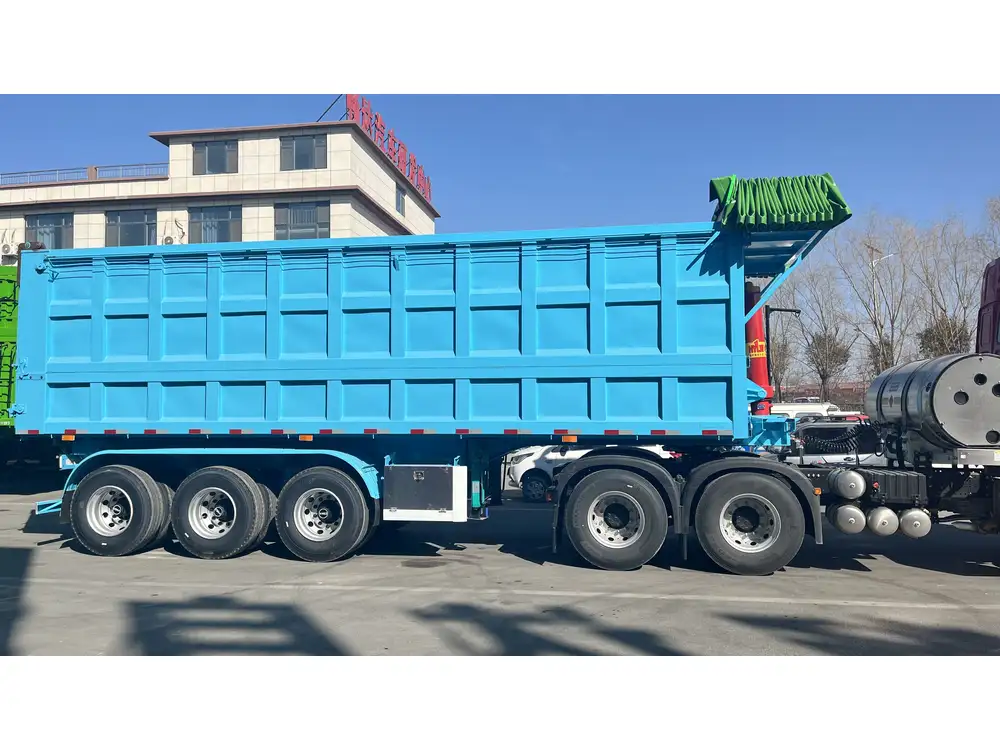
Problem 1: Propane Tank Won’t Open
Solution: Inspect the handle and ensure it’s not frozen or blocked by debris. If it’s difficult to open by hand, consider using a pair of gloves for grip without excessive force.
Problem 2: Flame Flickers or Goes Out
Solution: Check if the tank is empty. Refill or replace the tank as needed. If it is full, check all connections for leaks or obstructions.
Problem 3: Strong Gas Smell
Solution: This is a serious concern. Immediately close the tank valve, evacuate the area, and do not use any electrical appliances or ignition sources. Contact a professional for a thorough evaluation of the system.
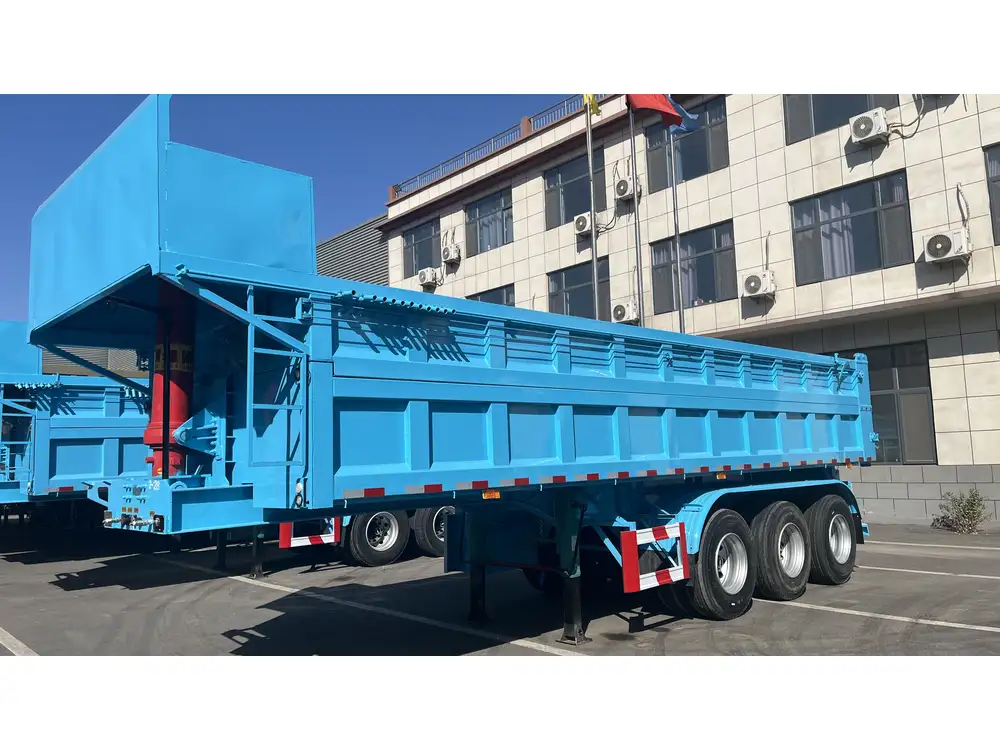
Additional Tips for Safe Propane Use
- Regular Maintenance: Schedule regular maintenance checks for your propane system to ensure optimal operation.
- Propane Detector Tests: Routinely ensure that your LP gas detector is functioning effectively. Regular testing is crucial to safety.
- Refill Propane Tanks: Monitor propane levels and have a refill schedule. Avoid running the tank too low to ensure consistent availability.
- Educate Yourself: Familiarize yourself with the specific propane requirements of your travel trailer to better manage capacities and usage.
Conclusion: Ensuring a Smooth Adventure
By following the steps outlined in this guide for connecting a propane tank to your travel trailer, you can rest assured that your journey will be safe and enjoyable. Familiarize yourself with your propane system, prioritize safety practices, and don’t hesitate to seek assistance when necessary. Remember, your travel trailer is not just a vehicle; it’s your home away from home. Enjoy your travels and stay safe on the road!
Frequently Asked Questions (FAQs)
| Question | Answer |
|---|---|
| How often should I check for propane leaks? | At least every time you connect a new tank and periodically during usage. |
| Can I use my travel trailer’s propane system while driving? | It’s advised to turn off the propane system while the vehicle is moving. |
| What should I do if my propane tank runs out? | Immediately switch to a backup tank if available or replace the tank as soon as possible. |
| Is it necessary to have a professional inspect my propane system? | While minor checks can be done by you, an annual professional inspection is recommended for safety. |
This comprehensive guide equips you with the knowledge to manage your travel trailer’s propane system proficiently. Safe travels!



